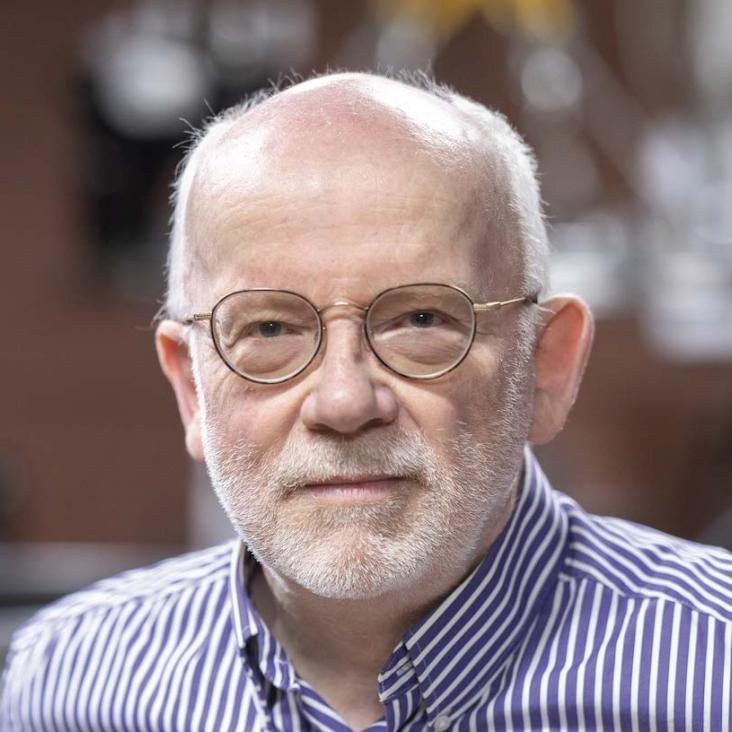Ultra-fast collisional ion heating by electrostatic shocks
Nature Communications Nature Publishing Group 6 (2015) 8905
Abstract:
High intensity lasers can be used to generate shockwaves which have found applications in nuclear fusion, proton imaging, cancer therapies, and materials science. Collisionless electrostatic shocks are one type of shockwave widely studied for applications involving ion acceleration. Here we show a novel mechanism for collisionless electrostatic shocks to heat small amounts of solid density matter to temperatures of ∼ keV in tens of femtoseconds. Unusually, electrons play no direct role in the heating, and it is the ions which determine the heating rate. Ions are heated due to an interplay between the electric field of the shock, the local density increase during the passage of the shock, and collisions between different species of ion. In simulations, these factors combine to produce rapid, localised heating of the lighter ion species. Although the heated volume is modest, this would be one of the fastest heating mechanisms discovered if demonstrated in the laboratory.Self-consistent inclusion of classical large-angle Coulomb collisions in plasma Monte Carlo simulations
Journal of Computational Physics Elsevier 299 (2015) 144-155
In-depth Plasma-Wave Heating of Dense Plasma Irradiated by Short Laser Pulses
Physical Review Letters American Physical Society (APS) 113:25 (2014) 255001
Non-thermal enhancement of electron–positron pair creation in burning thermonuclear laboratory plasmas
High Energy Density Physics Elsevier 13 (2014) 9-12
Retraction: Effects of Large-Angle Coulomb Collisions on Inertial Confinement Fusion Plasmas [Phys. Rev. Lett. 112, 245002 (2014)]
Physical Review Letters American Physical Society (APS) 113:13 (2014) 139904


